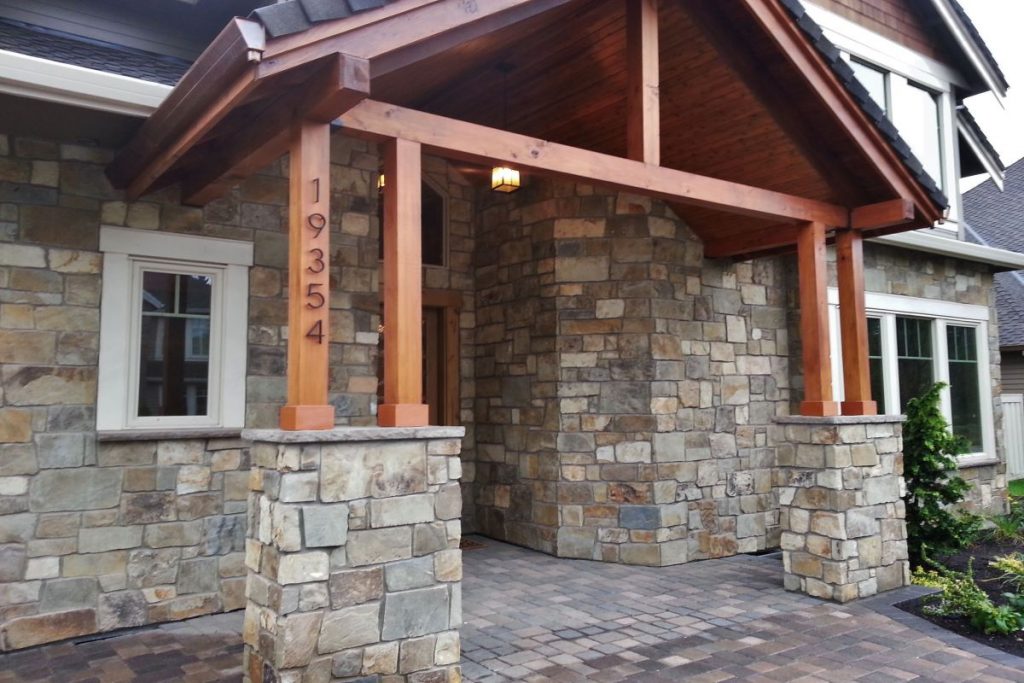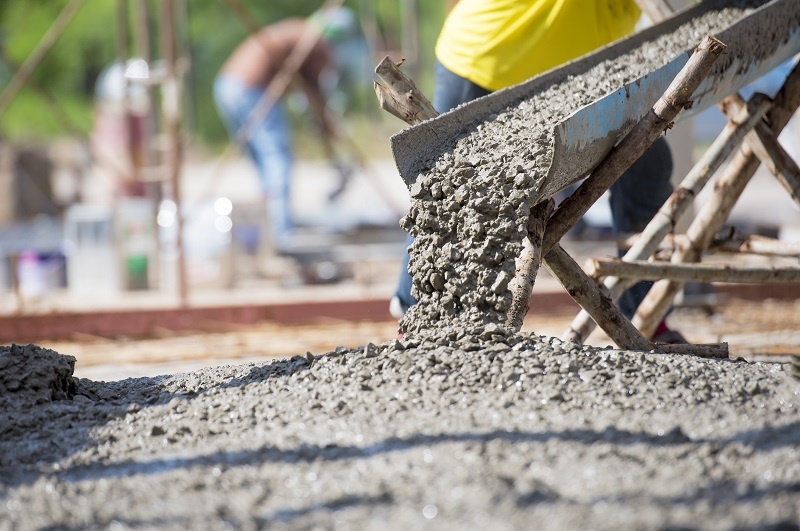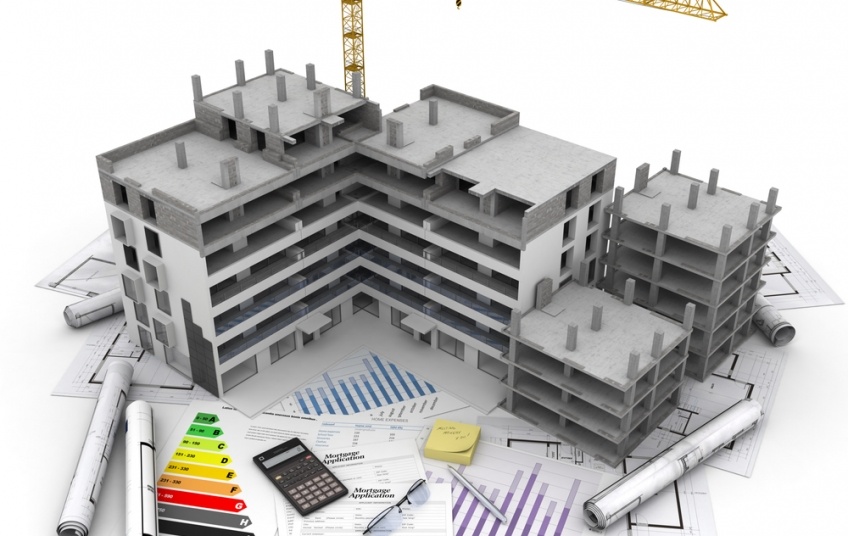Table of Contents
Construction RFI ( Request for Information) is an integral part of the construction process. An RFI in construction is an official form that’s often written by a general contractor or sometimes a subcontractor to ask for details anytime within the construction stages. An RFI is written to clarify any information that pertains to (but not limited ) design drawings, specifications, standards, and contracts.
At first glance, RFI’s sound simple in definition, after all, it’s just written communication, but in reality, RFI’s are anything but simple. RFI’s are time-consuming, detail driven and can cost a lot and can take a toll on a company’s bottom line. In a study done by Navigant in an analysis of over 1300 construction projects all over the world that had over 1 million RFI’s found out it cost an average of $1080 per RFI to read, write, and respond to, and takes about 10 days to read, analyze and respond.
An RFI that’s not written effectively can result in more confusion, schedule delays, and in some cases even lawsuits.
So, granting that you’ve done your research and can’t find the answers, and you need to write an RFI, how do you write an effective RFI, and how does a typical RFI layout looks like? We’ve scoured the internet to give you the best tips on how to write an rfi construction.
Typical RFI Layout
Before we go the tips on how to write a good RFI, its best to find out how a standard RFI is formatted. I wrote standard because every company has their own style and format on how to create an RFI, but a typical RFI will contain the following:
Introduction
As with any well-written document, a good RFI starts off with a summary explaining why the RFI is being raised. A good introduction will be thorough and will be written in a clear and concise manner.
Tackling the Specifics
The bulk of the RFI will contain detailed information to why the request is being made. They will typically include the W’s and 1 H in journalism (Why, When, Who, What, Who, and How). References are included and pictures, as well as drawings, are usually attached.
Explanation of the RFI Impact
A good RFI will include an estimate on the delays the proposed clarification is expected to create in the project in terms of time and money. Graphs and drawings can be included to make it simpler to understand.
Other Information
A good RFI should cover all bases, and a good RFI format will include things like: the time when the recipient is needed to respond, confidentiality clauses among other things. The more information, the better.
Top Tips in Writing an RFI
Here are some top tips that successful construction project managers swear by:
Tip 1: Ask One Question per RFI
In order for an RFI to be efficient, each RFI must contain ONLY one specific question. Research shows 20% of the time, RFI’s goes unanswered, and this is one of the reasons why. Write as many RFI’s as you want, but each RFI should only contain one well written and clear question so you can be sure it gets answered on time.
Tip 2: Create a Clear and Concise Title
When you create an RFI title, provide clear and concise, and not generic titles. Generic titles provide no context on what the RFI is about. For example, instead of writing Paint Color as your title, you can improve on it and can write Paint Color G75- Confirmation Of Paint Color. A small effort can make a big difference.
Tip 3: Include Visuals
A picture is worth a thousand words. And the odds are if you are in the construction business you have good spatial skills. Use that skill to include visuals in form of graphs, videos, etc. to your RFI so it ‘s easier to understand. Just make sure that you write a short explanation for the visuals that you include.
Tip 4: Forward the RFI to the Person Responsible as Well to Other Team Members Impacted by it
While it’s true that knowing who to forward the RFI to is as equally important as asking the right question, don’t just forward the RFI to the person responsible for it. Remember that construction is a team effort, and even if the RFI is only meant to be answered by the construction engineer, other parts of the team will be ultimately affected by it.
Tip 5: Include A Due Date
In a large construction, every issue has its own schedule. Timing is important in every successful project construction. When you write an RFI – put a due date on it. If the item is not urgent and you have time to wait for an answer, give the people who are supposed to answer it time to do so. But, if it’s urgent, make sure that the due date that you write on it reflects this. This will make sure that the people responsible to answer the RFI’s can fit it in their busy schedule.








